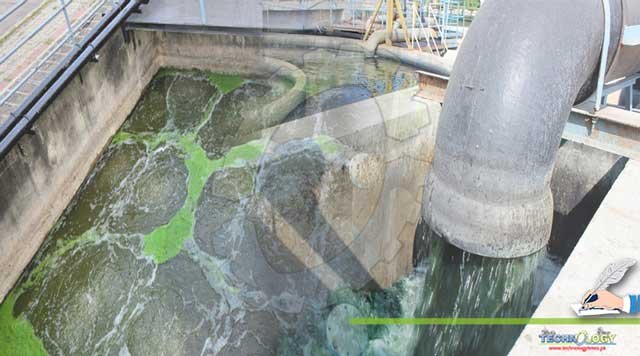Textile Industries is one of the main contributors in generating textile wastewater effluents. Effluents are the toxic discharge from the textile industry because it contains coloring agents that are harmful for the environment especially the water bodies such as rivers, ponds, lakes and oceans.

By Mona Anwar
However to reduce this harm towards environment, different biological treatment are becoming more and more practical and manageable. This biological approach is environment friendly, economical and generate moderately low amounts of hazardous by-products.
One distinct illustrative of biological treatment methods is the use of bacteria in dye degrading activities. Pseudomonas putida is a Gram-negative, rod-shaped, non-fermenting bacterium that is universally encountered in the environment. It is a fast-growing bacterium that is mostly found in soil and water. It harbors a broad spectrum of metabolic enzymes. Because of this property of this bacterium gains much attention for biotechnological applications such as biodegradation of environmental pollutants. It is able to colonize the surface of living organisms, but is generally considered to be of low virulence. A number of strains of this bacterium are competent to promote plant growth. It is a good model organism for studying those mechanisms that upsetting evolution of environmental bacteria. This bacterium is capable to catabolize and use the wide variety of natural and man-made toxic organic compounds as a source of carbon and energy.
On the other hand, synthetic dyes are widely utilized in textile, paper production, pulp, dyeing and other industries, leading to a larger scale of industrial dye developments. These are the most hazardous classes of chemical compounds that are commonly found in textile industrial effluents that are needed to be properly treated since their presence in water can reduce light penetration that would result in preventing the photosynthesis of aqueous flora. The process of dye removal is however thought-provoking, is highly important in wastewater treatment due to the toxicity and carcinogenic properties of the textile dyes and their degradation products.
To observe the color degradation as well as isolation and identification of bacterial isolates from soil and a complete biological treatment process by bacteria is done for the maximum removal of the textile dyes from textile effluents. Decolorization of effluents marginally enhanced upon augmentation with P. putida. For incubation, bacterial isolates are mixed with textile effluents and during this incubation period, the bacterial colonies consume chemicals as an energy source and ultimately start degrading the dyes that is observed as a result of decolorization of water.
Authors : Mona Anwar MPhil Student Dr. Muhammad Ashraf Assistant Profession Institute of Microbiology, University of Agriculture Faisalabad